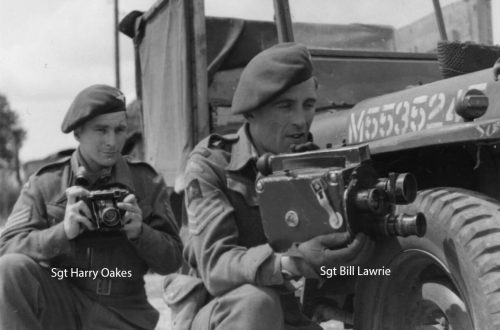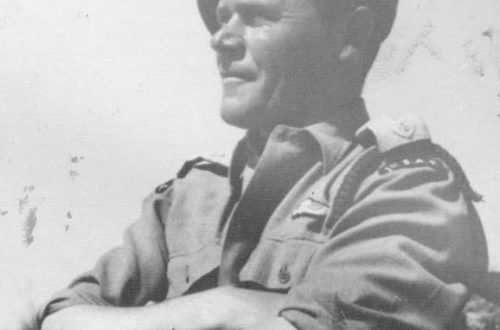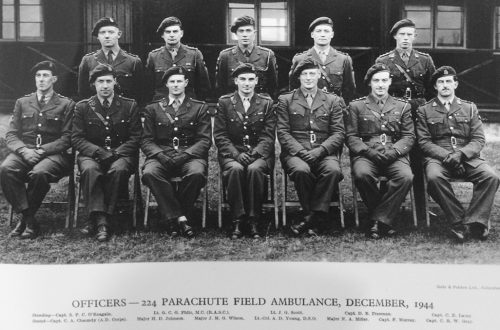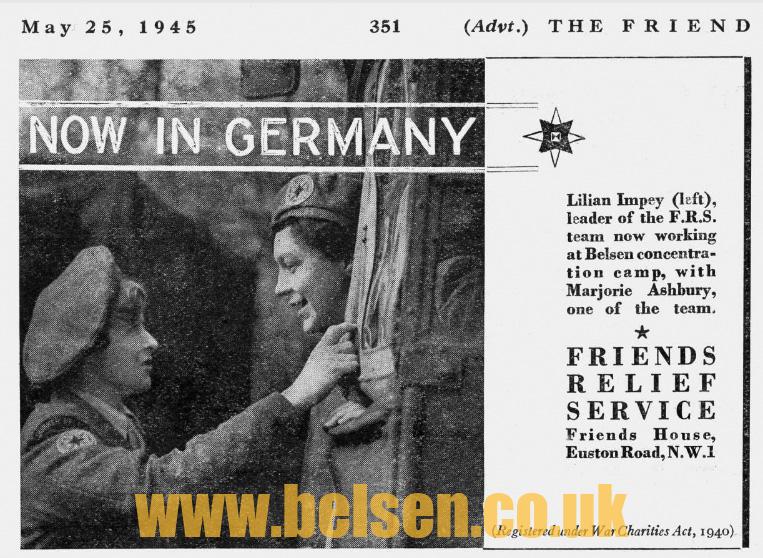
Friends Relief Service
Following the liberation of Bergen-Belsen, relief workers and medical staff entered the camp to provide emergency support. In this blog, Education Officer Jenny Carson looks at the reflections and memories of those who made up the Friends Relief Service.
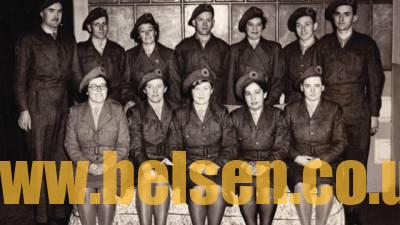
With commemorations currently taking place to mark the 70th anniversary of the liberation of Bergen-Belsen Concentration Camp on 15 April 1945, much of the focus has (rightly) been placed on the memories of survivors. Whilst we also often acknowledge the key role played by the British Army in liberating the camp, it is worth noting that these soldiers were joined within days by relief workers and medical staff, whose testimonies offer us a fascinating perspective on conditions in the camp. During my own PhD research I had the opportunity to interview volunteers who had joined Quaker relief teams working with Displaced Persons in Germany. For these individuals, departure from Belsen in May 1945 did not mean release from memories of the camp. Many found themselves haunted by the images they had witnessed in the form of flashbacks and nightmares. For some these experiences lasted many years, for some their entire lives.
On the 21 April 1945, Friends Relief Service (FRS) Team 100 became one of six relief teams (five British Red Cross Commission) to enter Belsen. The team remained at the camp until the 25 May 1945. As the relief body of the Religious Society of Friends (Quakers), most who joined were committed pacifists. Male relief workers had not experienced war overseas; unlike those in the military forces for many this was their first encounter with death on a large-scale. Regarding their arrival at the camp, FRS member Hugh Jenkins declared, ‘They say a picture is worth a thousand words, but some pictures are so outrageous that they fail to have any impact’.
The relief workers who entered Belsen were faced with scenes of indescribable horror. In her first report from the camp, FRS worker Jane Leverson noted, ‘I find myself the only British Jewess (as far as I know) in the largest and most terrible concentration camp in Germany, I was going to say “imaginable” – but it is unimaginable’. In an effort at psychological distancing, many of those who arrived in the early stages preferred not to think of the tens of thousands of unburied bodies as real. Hugh Jenkins believed that the methods implemented by the British at Belsen, the introduction of a scoreboard to count the numbers removed from the camp and use of the term ‘Human Laundry’, formed a ‘way of avoiding all the implications that [the work] meant’. Jenkins stated, years later, that despite being present when the camp was photographed, the photo ‘depicting the hundreds of corpses, the staring eyes, open mouths and the sticks of limbs like elongated clothes-pegs, … leaves me quite cold – it is unreal – as cold and lifeless as the people it portrays’. Others noted that the dead seemed ‘more like wax’.
Many found it difficult to cope with the profound sensory overload that Belsen inflicted. One member of the liberating forces remarked two days after liberation, ‘Even my clothes smell of death’. Reflecting on his participation in the relief effort some forty years later, Hugh Jenkins exclaimed that he could: ‘still feel the weight of the body I carried downstairs when I was delivering supplies to one of the hospital blocks’. Amidst the commemorations in 1995, one team member recounted the ‘harsh memories which are still with me, even after 50 years … as a personal experience, it took away my innocent belief in the innate possibility for goodness in the human race’.
For many, Belsen shattered fundamental assumptions about a safe and meaningful world. Close work with survivors led some to suffer disruptions in their identity and religious belief. For Jewish members of the military and relief teams, who felt incapable of distancing themselves from what they were witnessing, this was especially pertinent. Several members of the Quaker team remarked that their work had directly challenged their belief in pacifism. Eryl Hall Williams, who maintained his belief that the bearing of arms was contrary to the Christian religion, recalled his initial feelings on entering Belsen, ‘I have reflected many times since that nothing that I did as a conscientious objector speeded the release of those poor people… I did feel at the time a sense of guilt and shame about this’. Dr Andrew Matthews, one of nearly 100 medical students who arrived at the camp in early May, only admitted the full emotional impact of his experience shortly before his death in 1995: ‘In the month of May 1945 I faced the stark reality of life for the first time. I emerged unscathed but my beliefs did not. There is no God either in spirit or substance, only a Devil and that Devil is mankind’.
Unable to recover from their ordeal more than 13,000 liberated prisoners perished, many before they could be evacuated for medical treatment. Reflecting on the tragedy involved in their work at the camp, Jane Leverson concluded: ‘At least we were able to record them as people, whose relatives might one day be able to trace them, instead of the tragic masses whose deaths or whereabouts could never be known’. Before leaving Belsen the team were present for the final burning of the concentration camp, and for the concert that followed. One member recorded: ‘One has to believe that the dead of Belsen, free from their intolerable suffering, were sharing in the celebration of victory for the survivors’.
After the Quaker withdrawal from Belsen, following five weeks of service, Team 100 was transferred to work with Displaced Persons. The team’s rapid withdrawal meant their assistance in rehabilitation was limited; for them, Belsen would largely mean horror and not reconstruction. As Anny Pfirter of the Red Cross asserted, for those who remained at Belsen DP Camp: ‘Although it had seemed to us at first that we had entered into Dante’s “inferno”, we later had the joy to witness the gradual restoration of good feelings and moral values’.
Main image shows Team 100 of the Friends Relief Service, courtesy of Daphne Karpus.
First Left possible match: Joyce Parkinson
Additional names (likely to be in photo) Lilian Impey (Possibly front centre), Jane Leversen, Hugh Jenkins, Eryl Hall Williams, Elizabeth Clarkson, Marjorie Ashbury. (Marjorie is pictured standing third from the right).
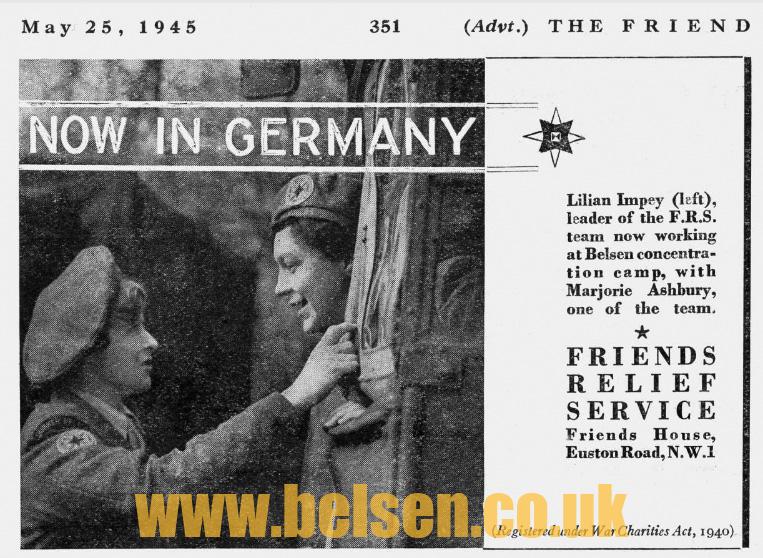
Main Copy: HET.org
11,309 total views

